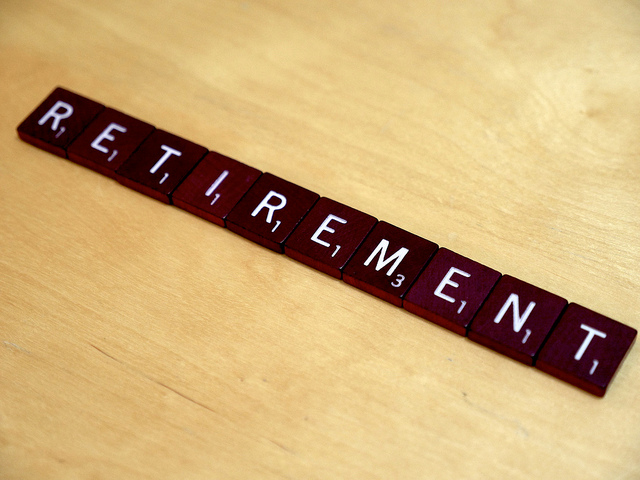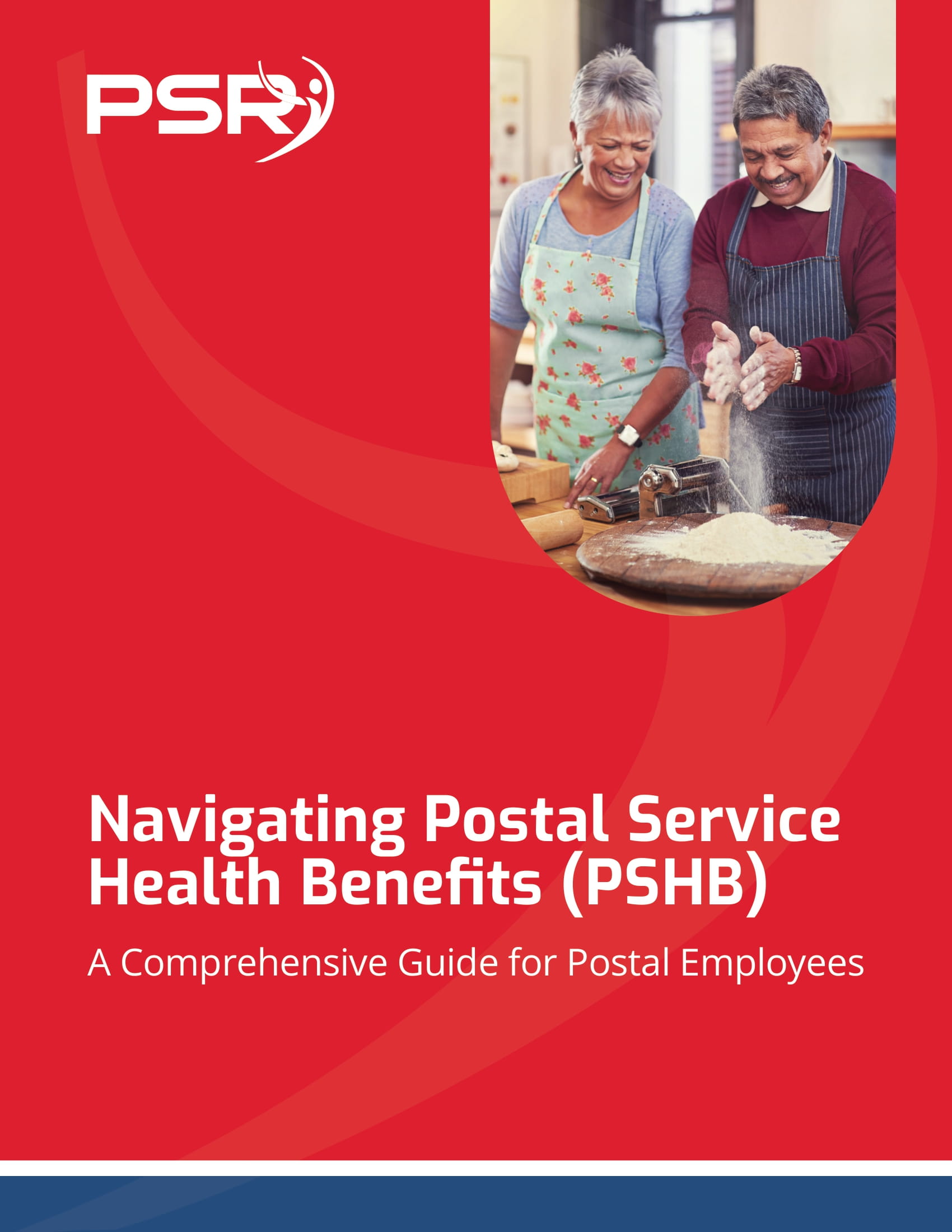[vc_row][vc_column width=”2/3″ el_class=”section section1″][vc_column_text]Perhaps the most misunderstood federal retirement program in the hybrid system is the CSRS Offset. CSRS Offset is mostly applied to employees that were rehired from December 31, 1983, after a break from service of over one year and had about five years of creditable service at the moment they left.
- Also Read: Why the FERS Supplement Is Still a Lifeline for Early Retirees—But a Risky One
- Also Read: You May Be Eligible for Medicare Soon—Here’s How It Affects Your Other Coverage
- Also Read: Dental Plans Under FEDVIP Are Offering Better Coverage Than Ever—Why Federal Employees Are Taking Notice
CSRS Offset employees are covered by both Social Security and CSRS, and they are eligible under the two systems for retirement benefits. These benefits are coordinated to ensure the employee receives a similar amount of money for their federal services as CSRS could have exclusively covered it. The main difference is that money will be received from two varying places that are OPM and the Social Security Administration.
During retirement, the employee’s annuity will be calculated in a similar way to the regular CSRS workers. Individuals that retire before they attain 62 years will get a pure CSRS annuity. In case, they are eligible to receive Social Security benefit at 62 years there OPM will reduce or indemnify CSRS benefit by the same amount to that of Social Security earned when one is a CSRS Offset employee. The adjustments will be made when you retire at or after 62 years, and you are eligible to receive Social Security benefit.
The Offset is automatic and is given even if you have not applied for a social security benefit, and it is thus for your interest to applying for Social Security at 62 years or immediately upon retiring in case if it is after.
It is recommended to applying for Social Security benefit some few months before your 62nd birthday if you will be retiring from CSRS Offset before you are 62 years. This provides you with SSA time to processing your case and avoiding interruption that might arise in the combined benefits you are supposed to receive. In case you do not remember to do this, your CSRS annuity will still be offset. After applying for Social Security benefit, you will receive all the money you are owed by the Social Security Administration in a retroactive payment. You will also receive an added Social Security benefit you earned while you were working in other places.
To retire at 62 years or after, applying for Social Security immediately is done for a similar reason.
For individuals with less than 30 years of substantial earnings under Social Security, the benefit will be subject to windfall elimination provision. The benefit is also lowered from when you accepted to retire if a person is under full retirement age that is currently 66 years. It can be reduced further to individuals that have earned an amount that exceeds annual Social Security earnings limitation from wages or self-employment.
Contrarily, unlike the common CSRS retirees, you will not be a subject to offset provision from the government pension. This lowers or eliminates any given spousal Social Security benefit that you are entitled to get concerning your spouse’s Social Security-covered work record. You will be however only entitled to get benefits you earned on your own or from the spousal benefit and not both.
In the end, once you have retired, you will be entitled to receiving cost-of-living adjustments (COLA) that are paid to CSRS retirees in the first year and distributed based on the number of months you were on the annuity roll.[/vc_column_text][/vc_column][vc_column width=”1/3″][vc_single_image image=”34350″ img_size=”292×285″ style=”vc_box_shadow”][/vc_column][/vc_row]









